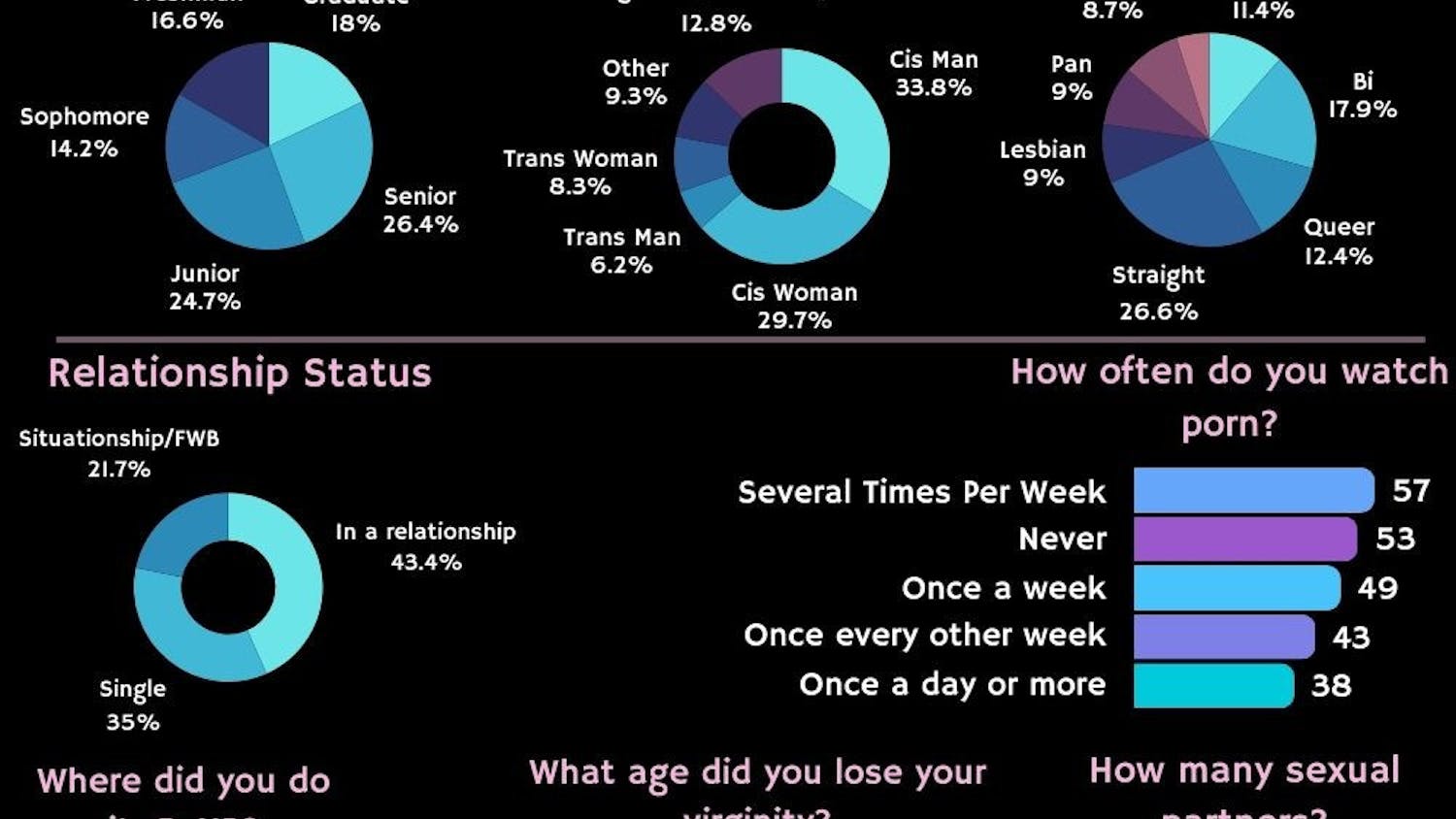Juice Wrld, Mac Miller, Lil Peep, King Von, Pop Smoke and XXXTentacion.
All of these musicians suffered an untimely death by overdose or brutal murder in the past five years.
The oldest among these artists were King Von and Mac Miller. They didn’t live past 26 years.
What’s the appeal to songs about ending a human being’s life? We don’t read into them enough. We’ve listened to and seen so much of this music that we forget what the lyrics are really saying.
An excerpt from Pop Smoke’s “Armed N Dangerous” contains the lyrics:
“I’m in the Bugatti, racin’, pacer, pace him / Run him down, chase him, Draco, Drac him / Extendo, thirty, Perc’ head, 30 / 808 dirty, air it out, birdie / I keep a Smith n’ like Stephen A., picante / In and out different states (Woo) / Duckin’ the jakes (Duckin’ the jakes)”
Here, Pop Smoke describes how he’s hunting someone down in a Bugatti, off a perc 30 (a 30-milligram dose of oxycodone), armed with a Draco (a small AK-47). People scream these lyrics at the top of their lungs and praise Pop Smoke for writing about hunting a human being down while driving high as a kite.
As listeners, how do we ignore these bright red flags? One could make the case that these lyrics are a “figure of speech” and they’re not to be taken seriously. But when you put these ideas behind a catchy beat and an adrenaline-pumping bass, people will associate these ideas with excitement and thrill.
Why are today’s artists promoting such acts and why is it so enticing to the younger generation?
The answer is simple: a false sense of confidence.
This type of music provides adolescents, especially young men, with the belief that they’re stone-cold killers who don’t need anything from anybody. The idea of guns, knives and “the gang” is comforting to young, insecure males in search for a sense of belonging.
This manipulates children into becoming massive fans of artists who provide a violent solution to their growing pains and insecurities.
The bigger these adolescent fan bases get, the more reinforcement the artist’s vulgar lyrics receive. More support for the idea of homicide and drug use leads to ideas becoming reality.
What happened to Pop Smoke was tragic, there’s no debate about that. It’s what led to his death that adolescents memorialize and praise.
Pop smoke was 20-years-old when he was shot in the chest in his home at 2 a.m.
Much like Pop Smoke, Mac Miller romanticized hedonistic aspects of life; most notably, drug use.
If you compare Mac Miller’s debut album “K.I.D.S.” and his last album “Circles” you’ll notice a major difference. On “K.I.D.S.,” you’ll hear upbeat tracks such as “The Spins” and “Kool Aid and Frozen Pizza,” talking about how much fun it is doing drugs with friends and skipping school. But on “Circles,” you’ll hear much slower, more melodic beats such as “Good News” and “Surf,” which convey how drowsy and numb drugs make you feel.
The slow transition from upbeat to slow melody can be explained by Mac Miller’s continuous struggle with lean (combination of prescription cough syrup and soda). “Lean” is a cognitive dampener and causes drowsiness and slow brain function.
Personally, I thoroughly enjoy Mac Miller’s music. He’s an objectively talented artist, but romanticizing drug-induced euphoria shows a positive outlook on a health-risking action.
As Mac Miller descended into addiction, his songs only got more and more popular. It’s understandable that people believe his songs improved over the years because of how raw they were in regards to drugs silencing depressive thoughts, but positive feedback for an unhealthy action enables addictive tendencies.
Mass-enabling and the encouragement of his addictive life-style played a role in Mac Miller’s overdose on fentanyl, cocaine and alcohol.
The risky, life-threatening lifestyles of these young artists have been overlooked for too long. It’s not that you can’t enjoy these types of songs, it’s just important that you recognize and acknowledge the ideas the artist is trying to convey as well as recognize how extreme they are.
We need to take a step back and evaluate the lyrics of these types of songs to separate self-harmful behavior from healthy decision making.
Dylan Greco is an assistant sports editor and can be reached at dylan.greco@ubspectrum.com





